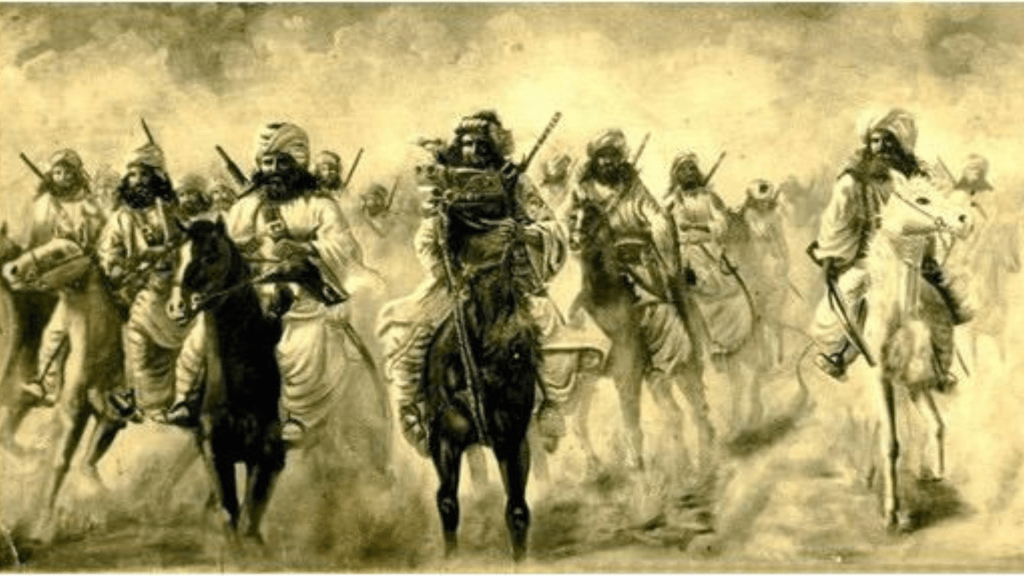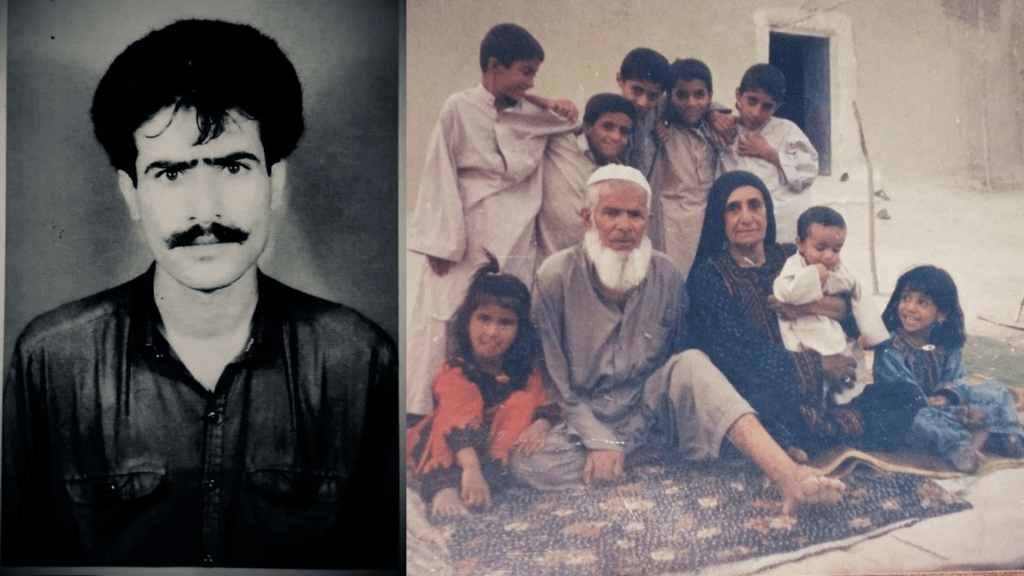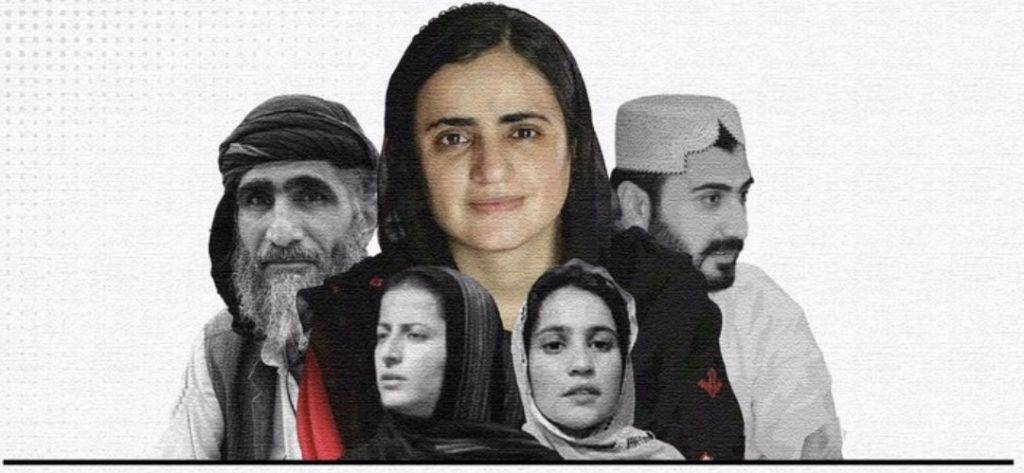In his latest book, ‘The Baloch conflict with Iran and Pakistan: aspects of a national liberation struggle’, Dr. Naseer Dashti traces the history of Baloch national struggle in Iran and Pakistan. The book offers rich insight into the past and present political games played by various powers affecting the Baloch sovereignty and national integrity. In many ways, it is the continuation of what was left behind in author’s earlier book, ‘The Baloch and Balochistan’.
The history of the world is full of stories of conquerors, dynasties and great empires that committed mass killings, genocides and occupation of the lands of weaker nations. In majority of the historical accounts, the powerful are glorified, and the miseries suffered by the weaker and defeated people are mentioned in passing, and their struggle to defend their land, dignity and honour against the aggressors is depicted as evil. That is what has happened to the Baloch in the books written by the victors.
It has become very difficult to unearth the correct account of the Baloch, as their history has been deliberately mutilated by writers and academics of occupying powers. For the Baloch, the irony is that those who invaded their land, slaughtered their men and women, and enslaved children became their heroes and their children are forced to sing songs of praise for them.
In the context of conquerors and conquered, to read between the lines in the history accounts of conquerors, and try to do justice by bringing a factual narrative of events is hard; nevertheless, there are certain individuals who have taken upon themselves the hard job of scrutinizing the biased version of events. Those who choose this hard and difficult path perhaps have a great reason for their decision. They perhaps believe that it will benefit a larger national cause. For some, it is perhaps to pay their share of debt to the nation and motherland, and perhaps for Dashti no path is hard. His earlier books caused him tremendous problems and he ended up being a refugee in the United Kingdom.
In this book, Dashti provides significant insight into Baloch issues with Iran and Pakistan. He also takes a deeper look into the ups and downs of Baloch resistance from the Pahlavi/Ayatollah’s Iran to the ‘God-gifted’ country of Pakistan, providing a wider picture of historical happenings, and suffering of the Baloch people in both countries. The book describes the role of different parties, individuals, and groups involved in the national struggle of the Baloch.
The first part of the book navigates briefly through the history of the Baloch where they survived the onslaught of mighty Sassanid Empire, the Arab occupation of the Iranian Plateau, and the aggressions of medieval Persian and Turkic dynasties who ruled Iran after the collapse of the Arab rule. The book unfolds the story from a wandering Baloch becoming a nation, preserving a vast land called Balochistan, and establishing its control over this large area for hundreds of years. The Baloch struggle during the Qajar dynasty and the arrival of mighty European powers in the region are among the major happenings in the tortuous history of the Baloch. The author explores the far-reaching impacts of the “Great Game” on Balochistan which was played during the 19th century by the Russians and the British in Central Asia and the Middle East, with the resultant division of the Baloch land and weakening their power. The Baloch resistance during 1920s-1970s is the story of the uprising in Balochistan against the Pahlavi regime of Iran.
After the takeover of Iran by the Ayatollahs and the Islamization of Iran, all democratic and moderate forces were targeted, including the Baloch. The author examines the political situation of the Western Balochistan in the aftermath of Ayatollah’s rule in Iran, and explains how the settlement of the non-Baloch in Balochistan brought demographic changes as many townships are losing their identity as Baloch settlements. He also elaborates that with state manipulation and funding from rival Islamic states in the Middle East, how the democratic and secular national struggle of the Baloch is increasingly being overwhelmed by religious elements and how the aggressive Shi’ism poisoned the Baloch society through religious hatred, and pushed the Baloch into a sectarian conflict detrimental to the Baloch struggle for sovereignty.
The author narrates the story of the departure of the colonial power from India and the creation of a religious state of Pakistan to safeguard its colonial interests in the region. In the process, the Great Britain ignored the treaty obligations with the Baloch state, denied the return of leased areas of the Khanate of Kalat and finally encouraged Pakistan to occupy Balochistan.
The author takes a deep look through the Baloch politics after Pakistani invasion of Balochistan in 1948, navigating through the ups and downs of the resistance movement of the Baloch people. Examining different periods, parties, and the role of legendary personalities in the Baloch national struggle from 1948-1970, he describes the first armed uprising against Pakistani incursion in 1948, and the political campaign during that period. He also analyses the second and the third armed conflict with Pakistan during 1958-1968, and emergence of the Baloch Students Organization (BSO) during that period and its role in the Baloch struggle.
The book synthesises in detail the democratic process in Pakistan with the end of the military regime after the Bengal debacle in 1971. There is a detailed account of the dismissal of the first Baloch nationalistic government of the National Awami Party and the incarceration of Baloch leadership, and their trial in the Hyderabad conspiracy case. The book sheds light on the fourth armed conflict between Pakistani armed forces and Baloch resistance fighters which was more widespread and devastating than the earlier ones, leaving thousands of the Baloch dead, and many moving to Afghanistan.
The period of 1980-1999 is believed to be an interesting time for the Baloch national struggle. The author, as one of the witnesses, summarises the upheavals of that period in a graphic way. He identified various events unfolding during these times in the context of Baloch national politics. He examined the role of the BSO and the execution of Hameed Shaheed. He talks about a number of parties, and organizations shaping and reshaping in Baloch political horizons, namely Pakistan National Party, Sindhi Baloch Pashtun Front, Balochistan National Youth Movement, Balochistan National Movement, Jamhoori Watan Party, and Balochistan National Party. He discusses the role of great personalities like Nawab Khair Bakhsh Mari, Sardar Ataullah Mengal, Mir Gous Bakhsh Bizenjo and Nawab Akbar Bugti in the Baloch politics.
In 21st century, the tragic assassination of Nawab Akbar Bugti, Mir Balaach Marri, Ghulam Muhammad Baloch, and other political leaders by Pakistani security establishment widened the gap between the Baloch and Islamabad which has resulted in various armed groups fighting for an independent Balochistan. It appears that Pakistan is not ready to recognize the rights of the Baloch as a nation taking into account the divisive and intimidating policies of Pakistani establishment. The book provides a detailed description of various stake holders in the present conflict of the Baloch with Pakistan.
The book offers a thorough examination of the nature of Iran and Pakistani states. Pakistan emerged on map of the world when the Great Britain decided to carve out a country from India for a unique group of Muslims to safeguard its strategic and economic interests in South Asia and the Middle East. The book gives insight of how this British-created country became a military-mullah-muhajir state, excluding all other nations from the political process of the state. It also explained how Ayatollah’s state in Iran is excluding the Baloch from the political social process.
The book presents the readers with an in-depth but academic discussion on the right of self-determination in the context of the Baloch national struggle. It analyses the principle of self-determination which was adopted after the First World War. With the implementation of this principle, the world underwent a period of decolonization, and various independent countries emerged on the map of the world. The author tries to explain how this principle has been providing the ground for struggling nations and how it is justifying the Baloch claim of self-determination through internationally recognized legal norms.
A whole chapter of the book is devoted to analyse the international perspective on the Baloch national question in Iran and Pakistan by examining the economic and strategic interests of various regional and global powers.
To me, the part of the book which is of profound importance for the people affiliated with the Baloch national struggle is the one which explores the weaknesses and strengths of the resistance movement. The author points out various weaknesses of the Baloch struggle and its armed resistance movement. He finds out that the Baloch struggle is lacking the basic ingredient of a resistance movement which is the cooperation, coordination or unity among the nationalists groups. The author identifies the religious strategies of Pakistan and Iran against the Baloch national struggle. He believes that despite the odds, taking into account the Baloch will for an independent and honourable existence, they will never cave in and that the economic and strategic interests of powerful forces will change the situation in favour of the Baloch in the coming years.
‘The Baloch conflict with Iran and Pakistan: aspects of national liberation struggle’ is the most valuable book written on the subject. It is a must read for all who are interested in any way to the history, politics, economy and sociology of south central Asia and the Middle East.
(The book is published by Trafford Publishing and is available with Amazon books and various other online book sellers.)



